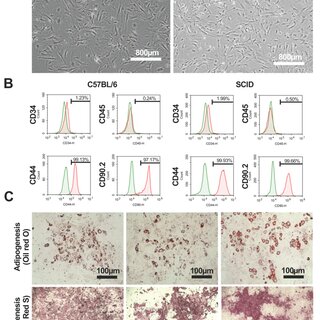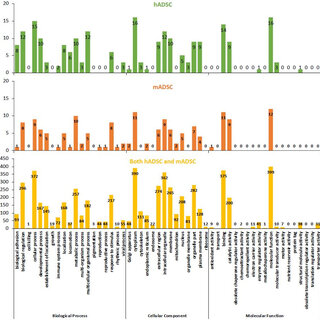June 2019
·
182 Reads
·
11 Citations
Molecular Therapy — Methods & Clinical Development
We recently demonstrated the generation of mouse induced tissue-specific stem (iTS) cells through transient overexpression of reprogramming factors combined with tissue-specific selection. Here we induced expandable tissue-specific progenitor (iTP) cells from human pancreatic tissue through transient expression of genes encoding the reprogramming factors OCT4 (octamer-binding transcription factor 4), p53 small hairpin RNA (shRNA), SOX2 (sex-determining region Y-box 2), KLF4 (Kruppel-like factor 4), L-MYC, and LIN28. Transfection of episomal plasmid vectors into human pancreatic tissue efficiently generated iTP cells expressing genetic markers of endoderm and pancreatic progenitors. The iTP cells differentiated into insulin-producing cells more efficiently than human induced pluripotent stem cells (iPSCs). iTP cells continued to proliferate faster than pancreatic tissue cells until days 100–120 (passages 15–20). iTP cells subcutaneously inoculated into immunodeficient mice did not form teratomas. Genomic bisulfite nucleotide sequence analysis demonstrated that the OCT4 and NANOG promoters remained partially methylated in iTP cells. We compared the global gene expression profiles of iPSCs, iTP cells, and pancreatic cells (islets >80%). Microarray analyses revealed that the gene expression profiles of iTP cells were similar, but not identical, to those of iPSCs but different from those of pancreatic cells. The generation of human iTP cells may have important implications for the clinical application of stem/progenitor cells.


![Figure 3. Proliferation of iTP Cells and Their Differentiation into Insulin-Producing Cells (A) Growth curves of iPSCs, iTP cells, and pancreatic tissue cells. (B) Immunohistochemical analysis of INSproducing cells (INS, C-PEPTIDE) derived from iTP05 cells treated with the stepwise protocol. Scale bar, 100 mm. (C) qRT-PCR analysis of INS expression in differentiated iTP05 cells. qRT-PCR analysis of differentiated cells derived from iTP05 cells (passage 10) at stages 4-5, derived from iPSCs at stages 1-5. Isolated islets (islets >80%) were used as a positive control. The data are expressed as the INS:GAPDH ratio, with that of the islets arbitrarily set to 100 (n = 4). Error bars represent the SE. (D) INS release assay. Differentiated cells derived from iTP05 cells (passage 10) using the stage 4-5 protocol and derived from iPSCs using the stage 1-5 protocol were treated with 2.8 and 20 mM D-glucose, and the amount of INS released into the culture supernatant was analyzed using an ELISA. Error bars represent the SE. (E) The stimulation index shown in (D). Error bars represent the SE. *p < 0.05. (F) Immunohistochemical analysis of Ki67 expression (left panel, low magnification; middle panel, high magnification [dotted square, left panel] and INS expression (right panel, red cells) derived from engrafted iTP05 cells in the graft. Scale bars, 100 mm.](https://www.researchgate.net/publication/330734525/figure/fig3/AS:732894389600256@1551747047949/Proliferation-of-iTP-Cells-and-Their-Differentiation-into-Insulin-Producing-Cells-A_Q320.jpg)























